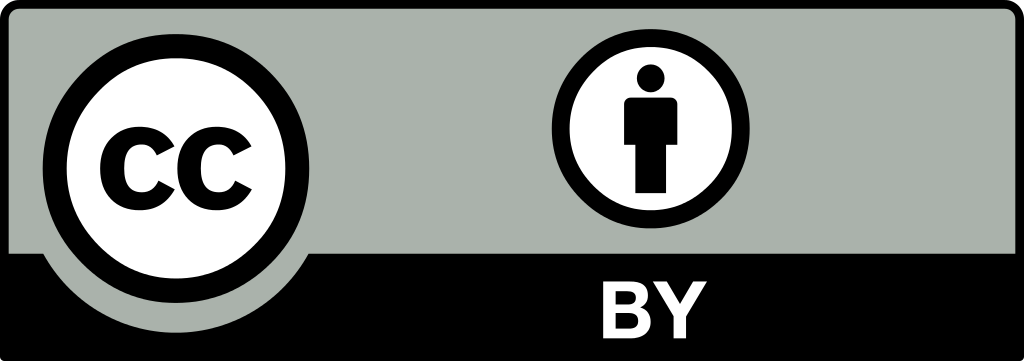

International Journal of Innovative Research in Engineering and Management
Year: 2021, Volume: 8, Issue: 6
First page : ( 358) Last page : ( 361)
Online ISSN : 2350-0557.
![]() DOI: 10.55524/ijirem.2021.8.6.76 |
DOI: 10.55524/ijirem.2021.8.6.76 | ![]() DOI URL: https://doi.org/10.55524/ijirem.2021.8.6.76
DOI URL: https://doi.org/10.55524/ijirem.2021.8.6.76
 This is an Open Access article distributed under the terms of the Creative Commons Attribution License (CC BY 4.0) (http://creativecommons.org/licenses/by/4.0)
This is an Open Access article distributed under the terms of the Creative Commons Attribution License (CC BY 4.0) (http://creativecommons.org/licenses/by/4.0)
Article Tools: Print the Abstract | Indexing metadata | How to cite item | Email this article | Post a Comment
Krishna Raj Singh
On the foundations of homogeneous normal detailed integrated, a combinations method of the Earth orientations parameter utilizing Global Positionings Systems (GPS) as well as Actual Long Baselines Interferometry data was created. The combination's aim and purpose was to create sub-daily polar motion and universal time over a lengthy 13-year time duration. Estimated tide fluctuation with a hour resolution as well as a standard for PM or UT1-TAI tidal variations. The 14-day notations corrections were calculated at the very same time also as ERPs in both cases. The strengths of both strategies must be preserved in the combined approach. It simply needs a few limits to de-correlate or stabilize at the very same time. A PM time series was generated as a result, with the accuracy regulated by GPS data. This method takes advantage of the fact of VLBI obtained nutation or dUT1 estimates at the same moment. A bigger improvement may be seen in the dUT1 calculation, in which the high-frequency fluctuation are provided by GPS or the long term patterns is generated by VLBI. The GPS data were used to create an accurate model of combination tidal PM or dUT1. Finally, the integrated tidal model fully incorporates the geometric advantages of VLBI or GPS information for the very first time.
[1]. Gambis D, Richard JY, Biancale R, Bizouard C. Why Combining at the Observation Level? In: International Association of Geodesy Symposia. 2013.
[2]. Zhong J, Lei J, Yue X, Dou X. Determination of Differential Code Bias of GNSS Receiver Onboard Low Earth Orbit Satellite. IEEE Trans Geosci Remote Sens. 2016;
[3]. Fritsche M, SoÅ›nica K, Rodríguez-Solano CJ, Steigenberger P, Wang K, Dietrich R, et al. Homogeneous reprocessing of GPS, GLONASS and SLR observations. J Geod. 2014;
[4]. Schindelegger M, Böhm J, Salstein D, Schuh H. High-resolution atmospheric angular momentum functions related to Earth rotation parameters during CONT08. J Geod. 2011;
[5]. Shilpashree S, Patil RR, Parvathi C. “Cloud computing an overview.” Int J Eng Technol. 2018;
[6]. Khan AN, Mat Kiah ML, Khan SU, Madani SA. Towards secure mobile cloud computing: A survey. Futur Gener Comput Syst. 2013;
[7]. Seitz M, Angermann D, Gerstl M, Bloßfeld M, Sánchez L, Seitz F. Geometrical reference systems. In: Handbook of Geomathematics: Second Edition. 2015.
[8]. Javadi Azar R, Voosoghi B, Ghaffari Razin MR. Novozhilov Mean Rotation as a scalar earth surface deformation measure in local scale (Case study: N-W of Iran). J Earth Sp Phys. 2017;
[9]. Seitz M, Angermann D, Bloßfeld M, Drewes H, Gerstl M. The 2008 DGFI realization of the ITRS: DTRF2008. J Geod. 2012;
[10]. Artz T, Bernhard L, Nothnagel A, Steigenberger P, Tesmer S. Methodology for the combination of sub-daily Earth rotation from GPS and VLBI observations. J Geod. 2012;
SBAS, Sanskriti University, Mathura, Uttar Pradesh, India (hodbio-tech@sanskriti.edu.in)
No. of Downloads: 25 | No. of Views: 926
